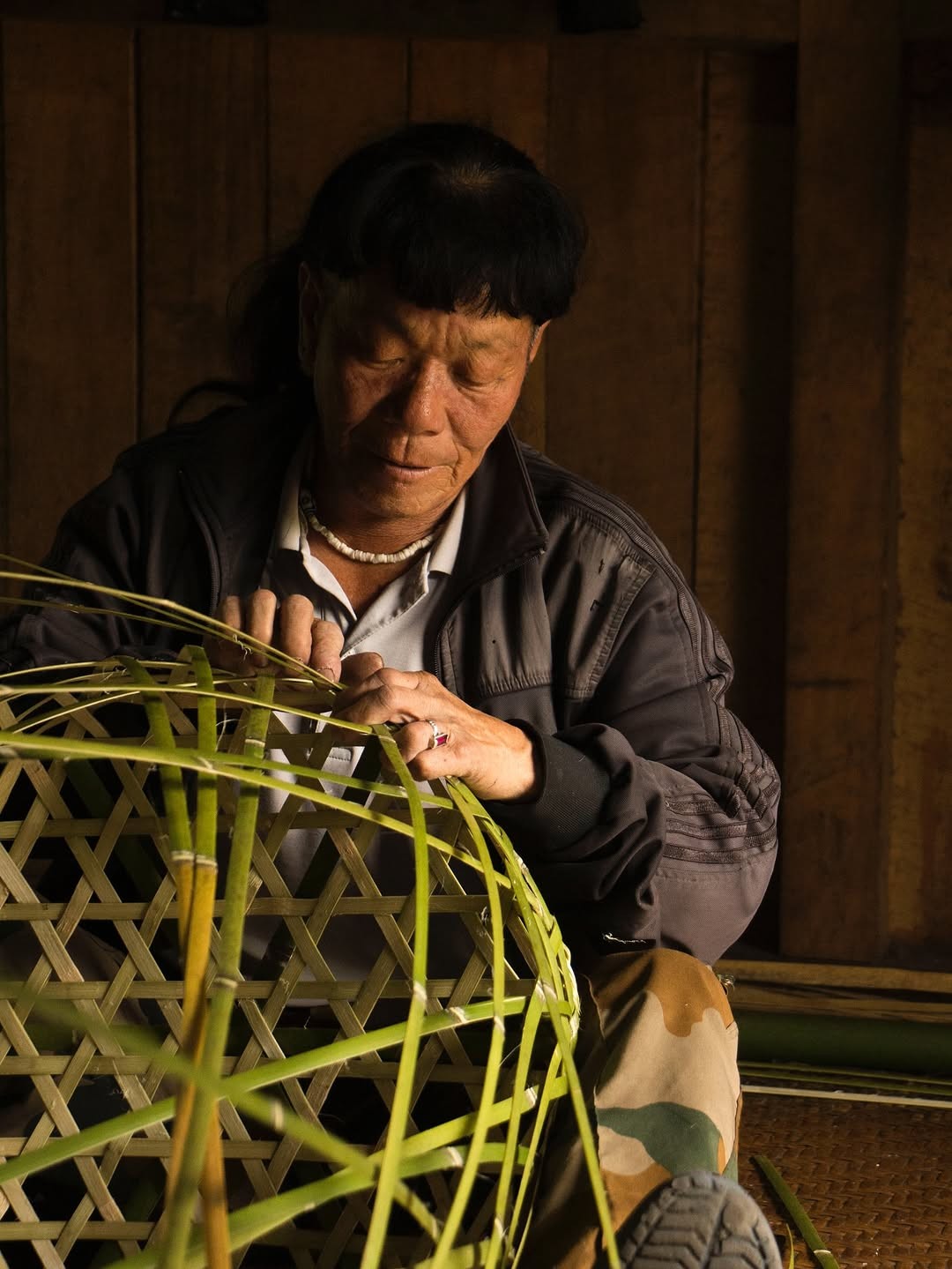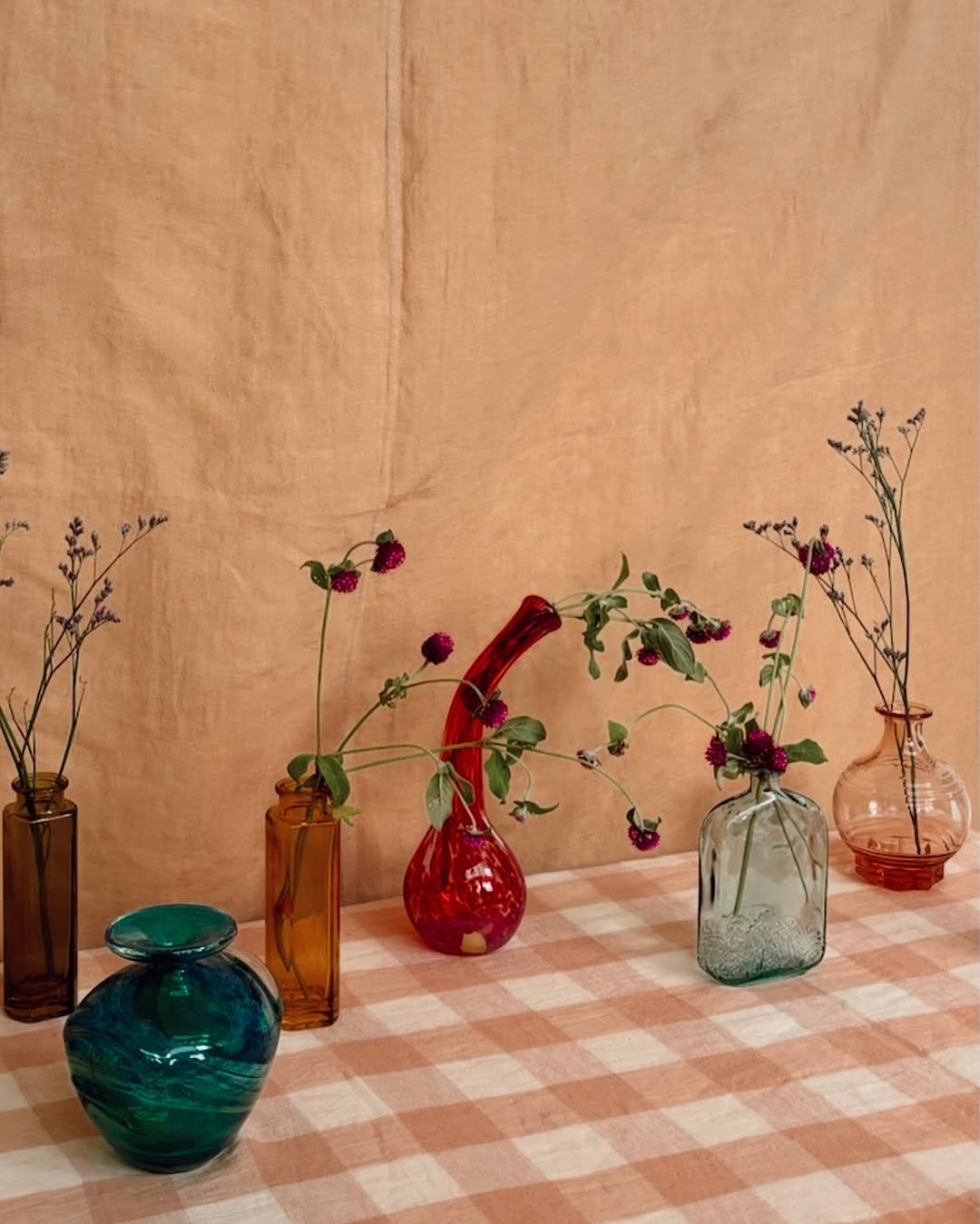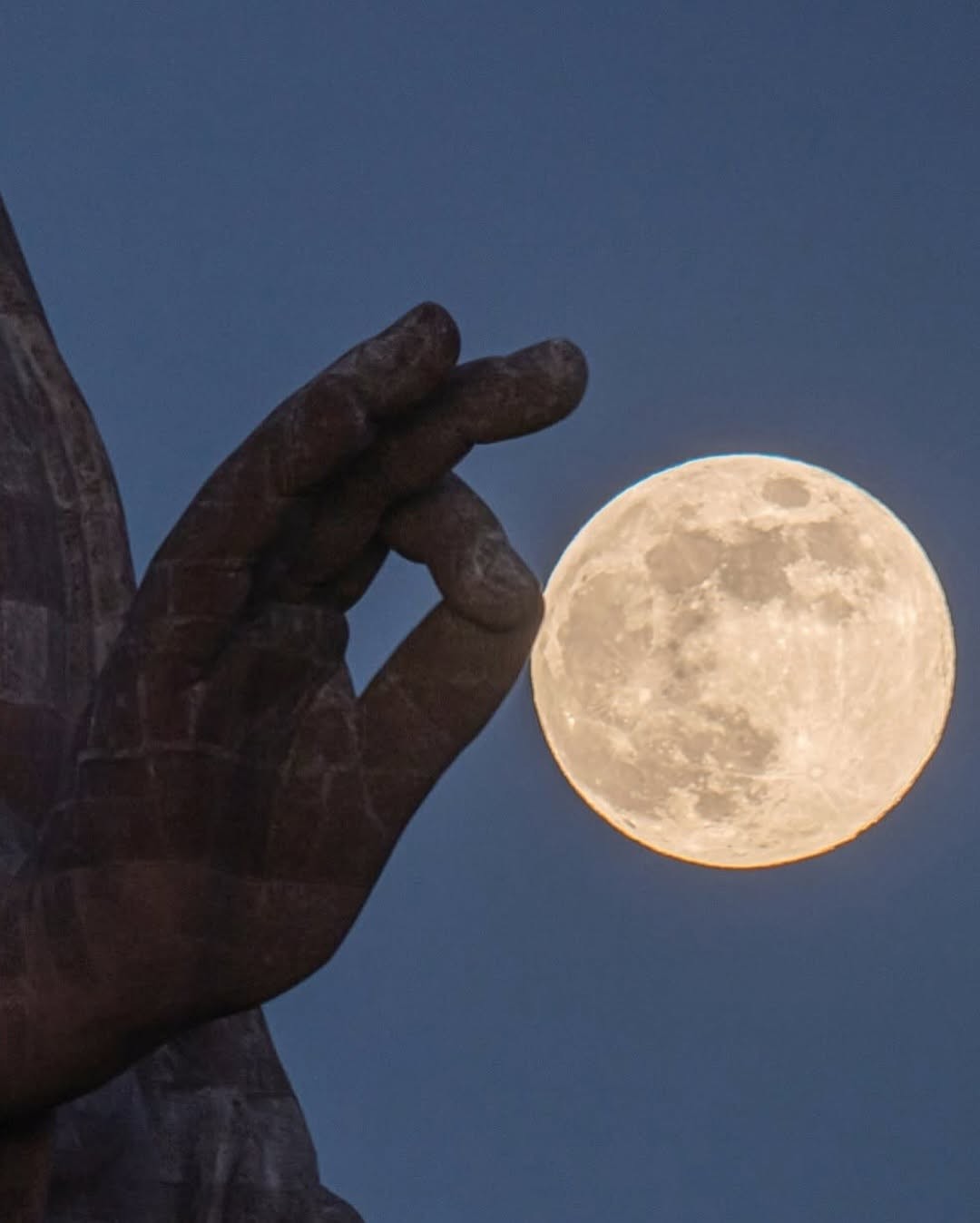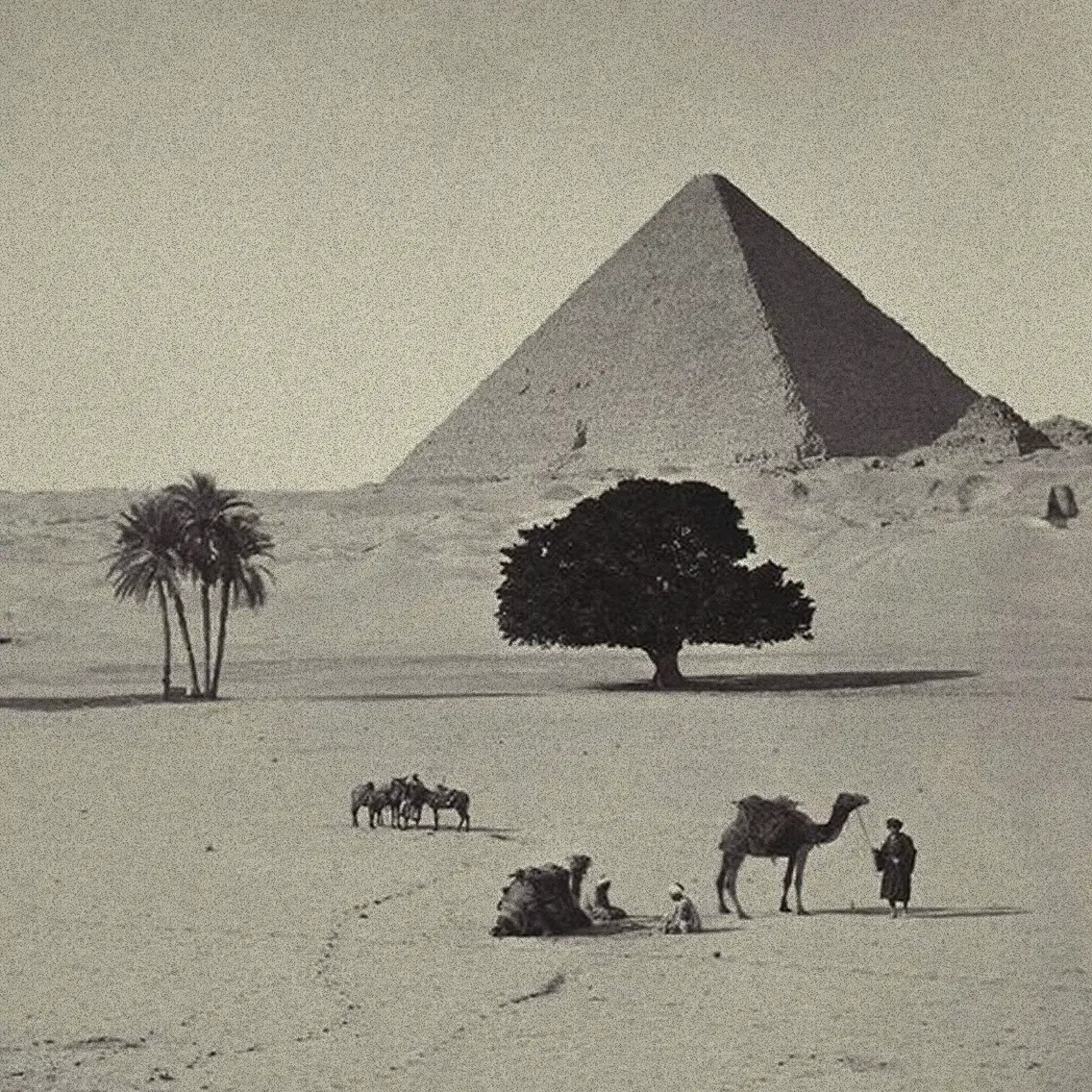I first discovered Shreyas' work through a short video of Cabbage White butterflies by a river in Arunachal Pradesh, bamboo raft swaying gently in the current. His visuals linger on stillness: mist over water, soft laughter, the hush of wind in trees. There is no spectacle, no hurried voiceover — just presence.
Map My Stories is his community-centred travel project that is dedicated to a worldview where travel unfolds not as escape, but as belonging.
His time with the Idu Mishmi people of Arunachal and the Sikkimese communities has taught him that place is a relationship. Through shared meals, silences, and the stories of those who have tended these highlands for generations, he sees travel as an act of learning—of belonging, rather than passing through.
Across Eastern Himalayas, Shreyas curates small-group journeys designed to honour indigenous knowledge systems, seasonal rhythms, and the fragile balance between people and place.
In this conversation, he reflects on how the landscapes of Northeast India transformed his understanding of travel, and how slow journeys can become acts of care and continuity.
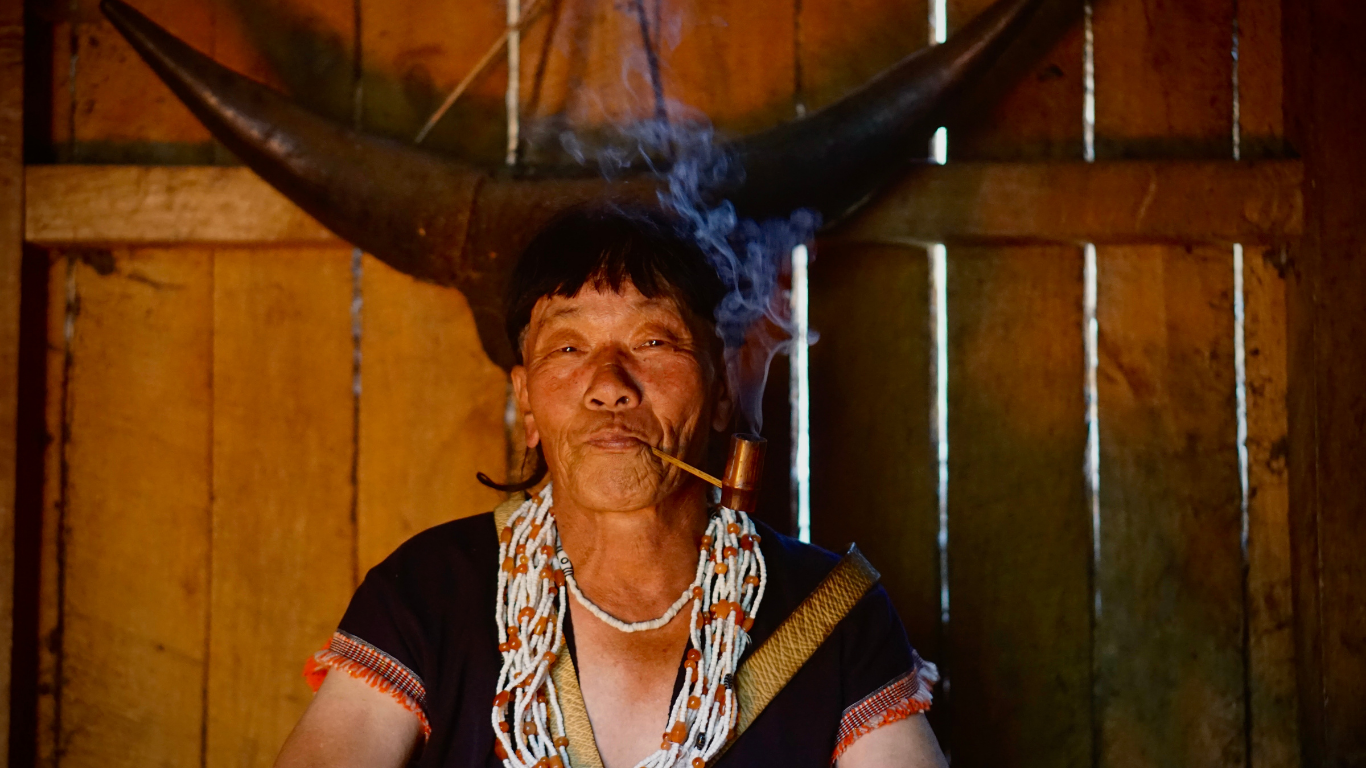
On Beginnings and Intentions
Q: Can you share how the landscapes of Northeast India first began to speak to you? What was the turning point that made you imagine travel as something slower, more ecological?
A: My first visit to the Eastern Himalayas was in 2018 — a typical backpacking trip, ticking off places and collecting experiences. I began to plateau, spiritually, with that style of travel. So, I returned a few months later, and this time I wasn’t travelling for the sake of being somewhere, but to find meaning and connection.
The Eastern Himalayas has its share of beautiful rivers and mountains, but what stayed with me most were the people. The relationships that formed here made me feel a quiet sense of belonging. What drew me back wasn’t discovery, but return — to something that already felt familiar.
During the pandemic, I realised this was what I wanted to build my life around: travelling alongside the very people who changed how I see life, time, and the world around me.
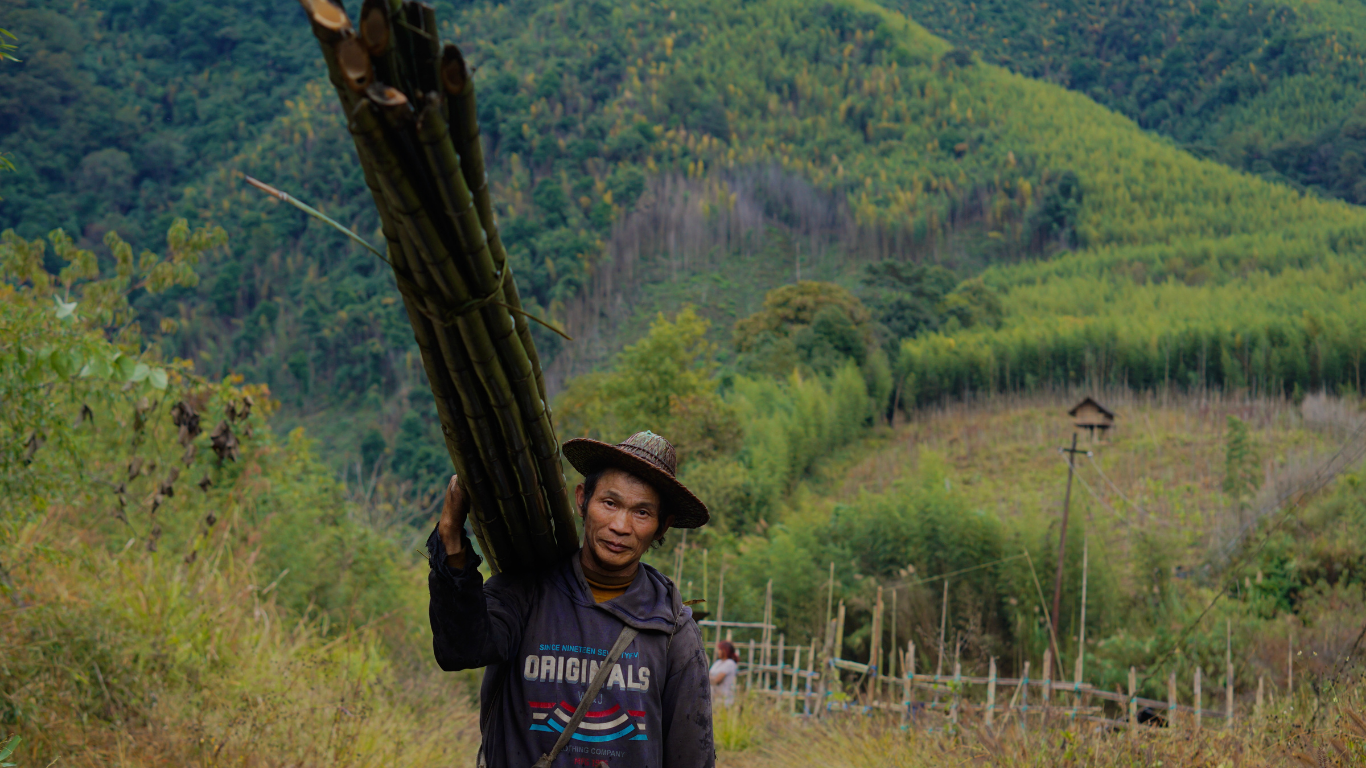
Travel as Ecology
Q: You often design journeys around seasonal rhythms. What does it mean for a traveller to move with the land’s cycles rather than outside of them?
A: Everything we do follows the seasons — the land decides the itinerary, not us.
Foraging is a huge part of our journeys. The Akolipidru mushrooms arrive with spring; Akomoja with the retreating monsoons. River explorations depend on water rhythms — we only make bamboo rafts when the season allows. The migratory patterns of butterflies also guide us; they’re subtle bioindicators that mark time in ways clocks never can.
All of this reminds us that travel isn’t about moving through landscapes, but moving with them. Of course, climate change has made these rhythms more unpredictable, but our effort is always to stay in conversation with what the land is trying to say.
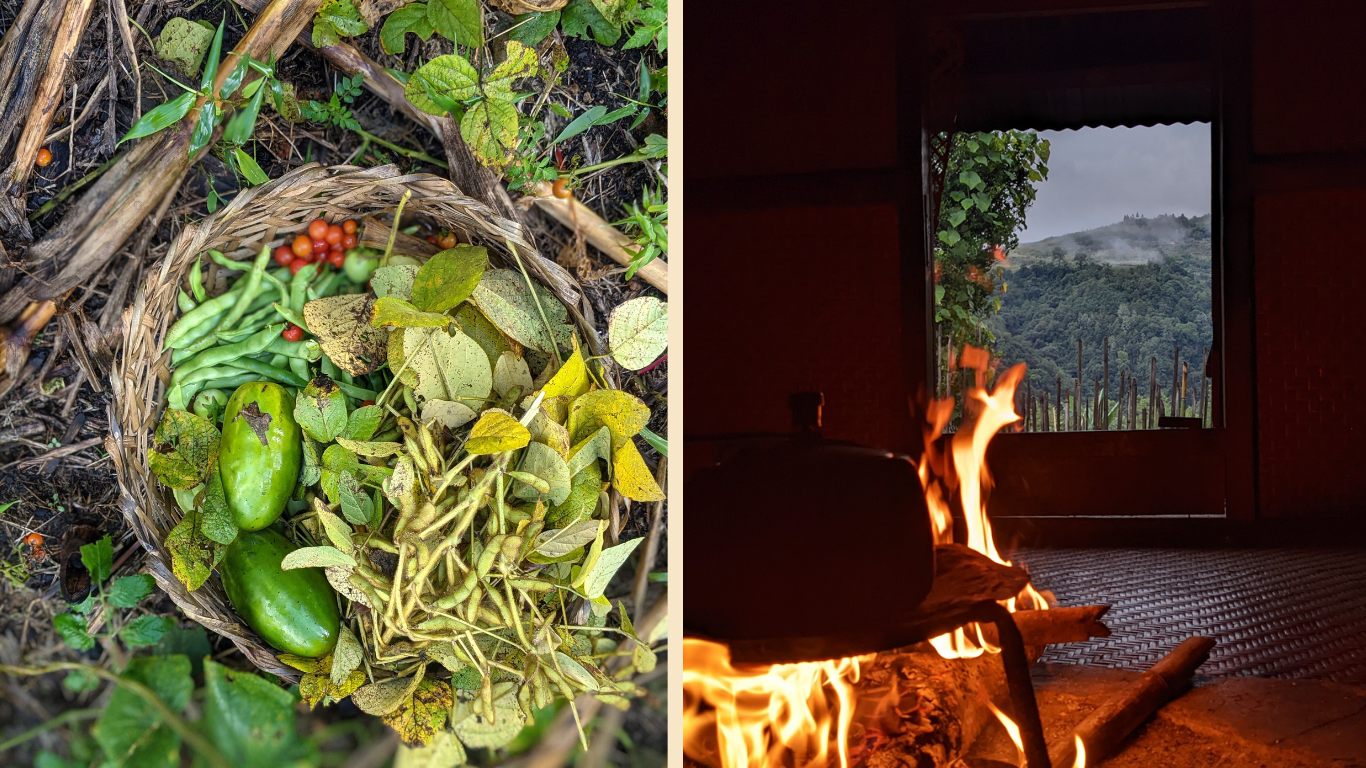
Indigenous Voices & Cultural Custodianship
Q: What have you learned from the elders, farmers, or artisans you travel alongside?
A: From one village elder I dearly call Achiphru Naba — one of the last few making these intricate bamboo mugs — I’ve learned what true consistency and discipline look like. Everything he uses comes from the land around him. Nothing imported, nothing wasted. It’s a way of life that existed long before “sustainability” became a concept.

Q: How do you ensure that travel becomes an exchange — one that supports rather than extracts?
A: That’s something we navigate with care. Tourism in India, especially in indigenous regions, can easily become extractive if you’re not mindful. We do limited dates and small groups. Travellers stay in local homes instead of resorts, and in doing so, they affirm how beautiful and valuable these spaces are.
Even with small groups, multiple guides and artists are involved — so that no single person speaks for an entire community. When travellers learn bamboo craft or Thangka art, it’s not a performance; it’s a slow encounter. We pay for time, for skill, for story.
At first, I used to feel awkward about the monetary aspect of this, but I’ve started to see it as an energy exchange rather than a transaction.
Q: In your view, what role can travellers play in preserving cultural memory?
A: Storytelling is the real heartbeat. Among the Idu Mishmi, for example, there’s no written script for their dialect; everything is passed down orally. These stories breathe and will continue to exist only when they’re told and retold. Travellers, by conversing, listening and carrying them forward, give them a reason to travel too.
One story that always moves travellers is about the relationship between the Idu and the tiger. It says the two were once brothers — until conflict and betrayal tore them apart. When the human brother killed the tiger, the act unleashed misfortune upon humankind. Ever since, tigers are seen as kin.
When a tiger descends and takes a gaur, it isn’t viewed as aggression but as a continuation of that ancient story — a reminder of shared ancestry. Retaliation rarely happens, because killing a tiger would mean repeating that first act of violence.
When travellers sit by the fireplace and hear this story from an elder, they begin to understand that mythology isn’t myth at all — it’s an ethical code embedded in ecology. These stories teach how to live with the land, not above it.

Journeys as Inner Work
Q: You describe travel as a pilgrimage into the invisible. Can you share a story where a traveller discovered something beyond the surface — a lesson, a ritual, a silence?
A: I’ve seen it happen many times. Some guests return home talking about balance — about how less is more. Others take something tangible: seeds to grow food, the memory of brewing rice wine, or ideas to form communities of their own.
Here, slow living isn’t an aesthetic — it’s simply life. Everything follows the rhythm of the land. To be here is to be reminded that the world doesn’t revolve around the self; it moves in relation, in reciprocity.
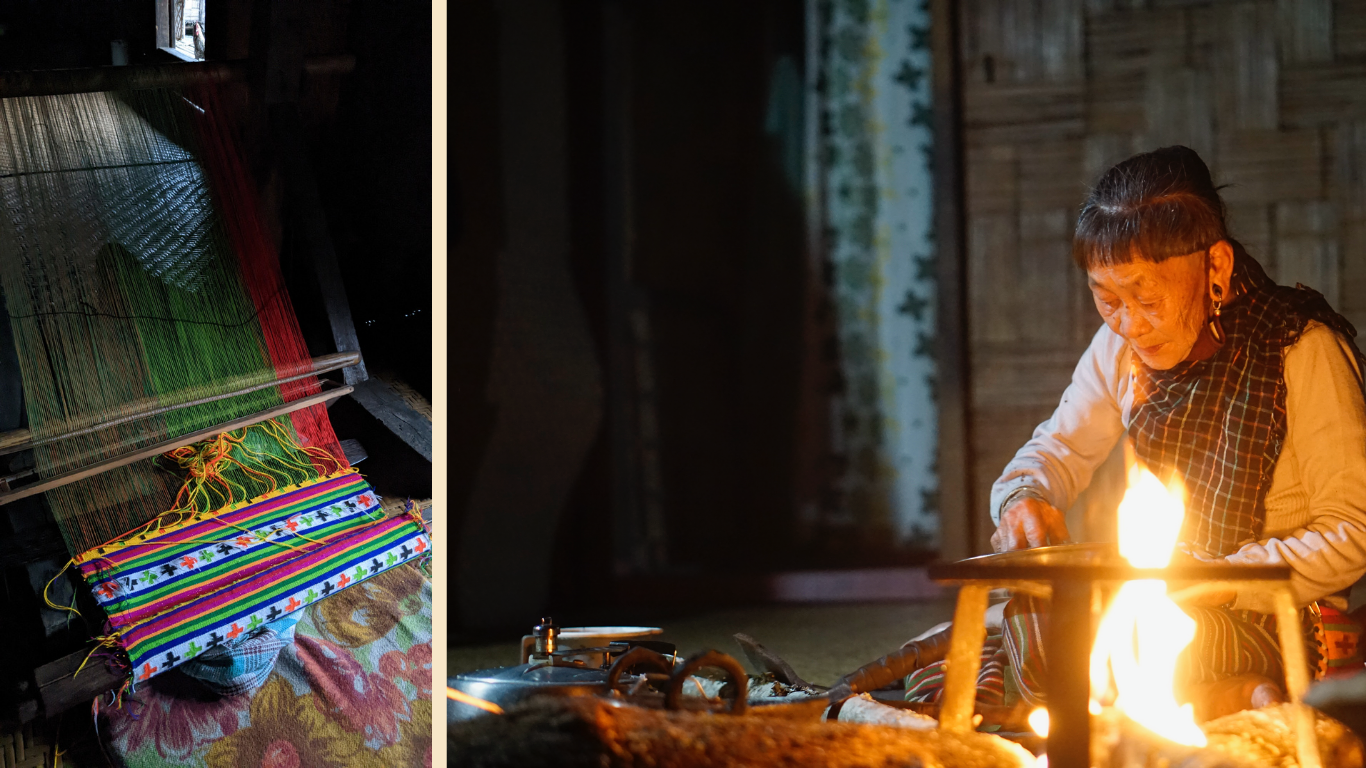
The Future of Slow Travel
Q: What does the future of travel look like if it were to align with ecological care and cultural continuity?
A: The future of travel must be rooted in community — not individual experiences, but collective ones. Across India, there’s inspiring work happening in community-conserved areas, where locals take stewardship of their forests and lands. It’s not conservation separated from culture — it’s conservation as culture.
Community-based tourism feels like the way forward. Individualism has distanced us from both nature and each other. In indigenous settings, kinship and interdependence still thrive — that’s what gives me hope.
Maybe one day, our maps won’t be filled with destinations to visit, but with communities to learn from.
Q: What is one practice you wish every traveller would carry with them into the world?
A: Listen. Listen to the land, to its rhythms, to the people who live by them. When you truly listen, everything else — respect, care, reciprocity — follows naturally.
Listening, as Shreyas reminds us, is its own form of travel — a slowing down of the senses until the world begins to speak again. His journeys through the Eastern Himalayas are, in many ways, acts of remembering: that the land is alive, that stories are living archives, and that the way we move through the world shapes the world itself.
In a time when travel often means consumption, Shreyas through Map My Stories offers something rare — a return to reverence.
Credits: Cover Image is shot by Shreyas' guest Belinda Jones.
.svg)
